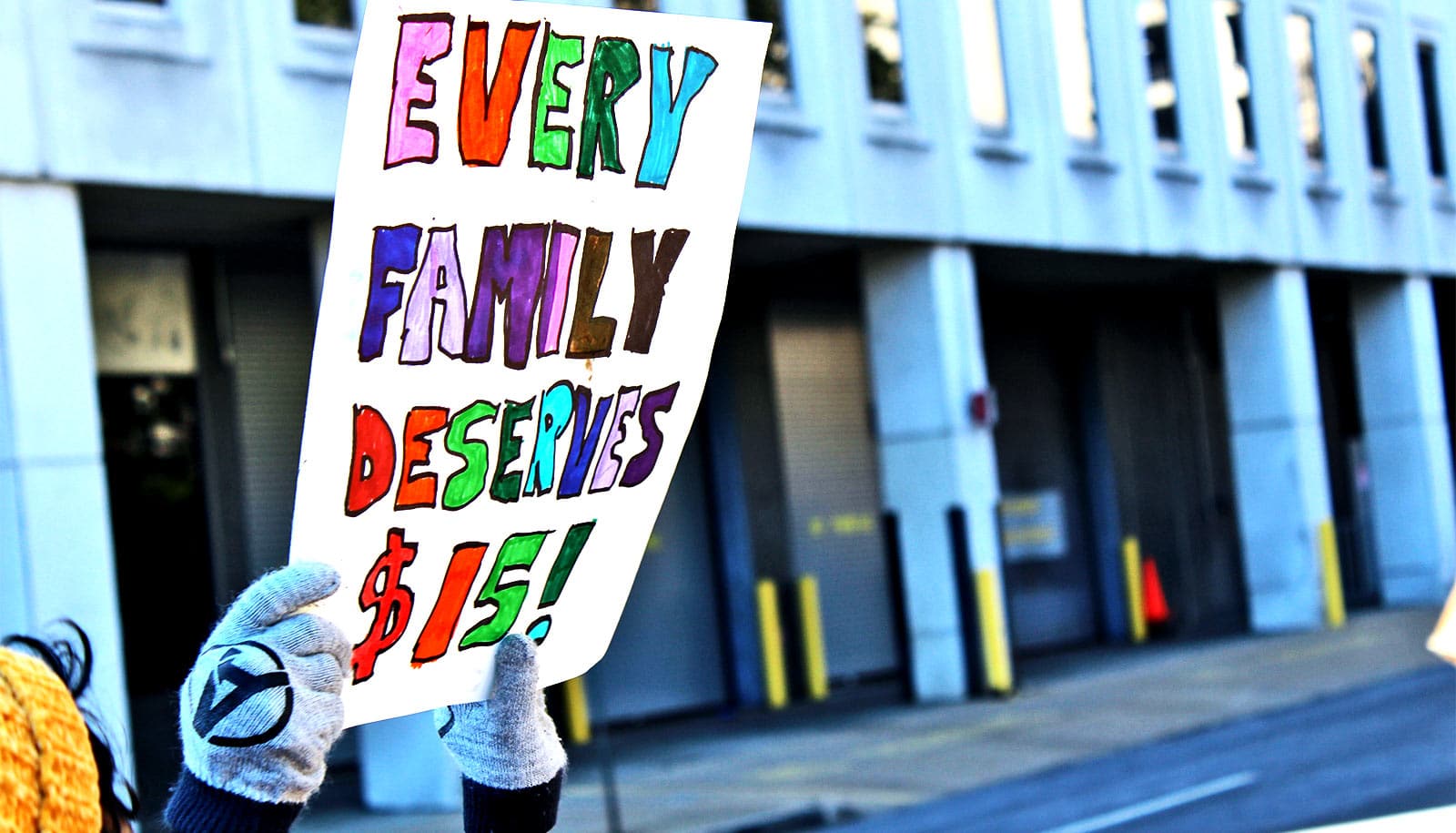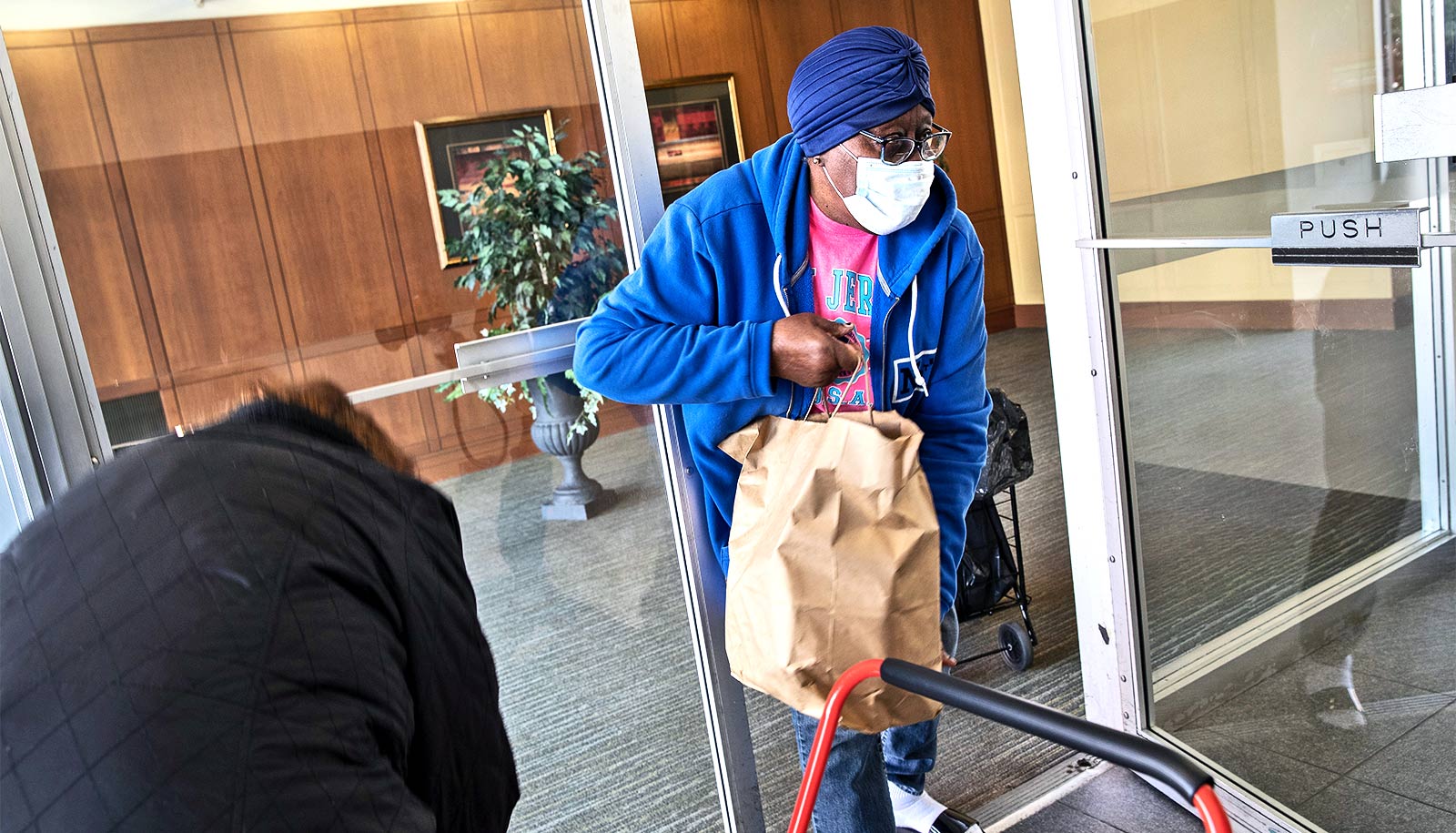If the post-pandemic economic return includes minimum-wage increases across a few or many states, some positive and negative effects for US workers will follow in the two years after implementation, according to new research.
On the positive side, their study shows that minimum-wage hikes not only increase the wages of those workers but also create a positive “spillover” effect on the wages of other workers earning up to $2.50 above the minimum wage. Not only do these workers experience a wage increase, but they also continue to retain their jobs as they are no more likely to be fired.
On the negative side, the study highlights that a higher minimum wage can be bad news for new entrants into the labor market. The researchers find that businesses, especially those making tradable goods—such as the manufacturing sector—reduce the rate of hiring new workers at low wages.
“In general, minimum-wage increases following a crisis is not a good idea as it is likely to make a bad situation worse,” says coauthor Radhakrishnan Gopalan, professor of finance in the Olin Business School at Washington University in St. Louis.
“We will have a tremendous number of individuals looking for jobs post-crisis, and our study indicates that a higher minimum wage is especially detrimental for this particular sub-population—folks looking for new low-wage employment,” he says.
“Given the important role of the minimum wage in ensuring that households have a living wage, it is essential to study its impact on workers and businesses. Furthermore, many have pointed to the minimum wage not keeping up with inflation as contributing to the worsening wage inequality and overall economic inequality in the US.”
“Our findings suggest that the impact of a higher minimum wage on income inequality depends on who you are,” says coauthor Barton Hamilton, a professor of economics, management, and entrepreneurship and the director of the Koch Center for Family Business.
“If you have a job that pays at or near the minimum, you are better off. If you do not have a job, such as many young workers just entering the labor force, employers will be less willing to hire you. So inequality might be reduced for older, more experienced workers, but may increase for younger, inexperienced workers.”
The researchers used Equifax data to study six states that enacted minimum-wage increases between 75 cents and $1.25 per hour in the 2010-15 period and compared employees in border counties of neighboring states that didn’t have a minimum-wage increase. Overall, the 2010-15 study period covered 22.5 million active employee records in their sample.
The median personal income of the study group for 2015 stood at $34,970, about $4,000 higher than the US median that year, $30,622. However, the median tenure of employees in their sample was 3.5 years, roughly three-fourths of a year less than the US median of 4.2 years.
The six studied states with a higher minimum wage were: California, Nebraska, South Dakota, Michigan, West Virginia, and Massachusetts. The coauthors also scrutinized data for bordering counties in Nevada, Wyoming, North Dakota, Iowa, Kansas, Wisconsin, Indiana, Kentucky, Pennsylvania, Virginia, and New Hampshire.
The paper did not find much evidence for labor reallocation, where businesses in states without minimum-wage hikes hire increased numbers of low-wage workers, compensating for hiring decreases in states with such hikes. Rather, what happened was merely a slower rate of hiring following voluntary turnover—say, three leave and two new workers are hired. The coauthors indeed found high rates of turnover: On average, 54% of workers below a state’s new minimum wage separated within 12 months of hiring.
Pandemic or no, pay inequity or imbalance has been considered an issue from the manufacturing floor to the C-suite. Mining the payroll data, the coauthors write that they discovered, on average, low-wage employees comprise 52% of “establishment employment and 29% of payroll.”
Because of the economic crisis resulting from the COVID-19 pandemic, some cities and states have contemplated or, in the case of Virginia, publicly announced they want to rescind or postpone minimum-wage hikes scheduled to go into effect in 2020. Additional states with scheduled, upcoming increases on their books include: Arkansas, California (again), Connecticut, Illinois, Maryland, Massachusetts (again), Michigan, Missouri, Nevada, New Jersey, New Mexico, New York, and Oregon.
The $600 weekly unemployment benefit under the CARES Act “is a pseudo wage increase” through the Act’s end, Gopalan says.
“This is because any business wanting to hire workers should match their unemployment benefit. Our paper would predict a slower new-hire rate in places where the wage rates were lower to start. The effect especially could be adverse in areas where employment is dominated by firms making tradable goods, such as in the manufacturing sector.”
The study will appear in the Journal of Labor Economics. Additional researchers from the Indiana University and the University of Kentucky contributed to the work.



